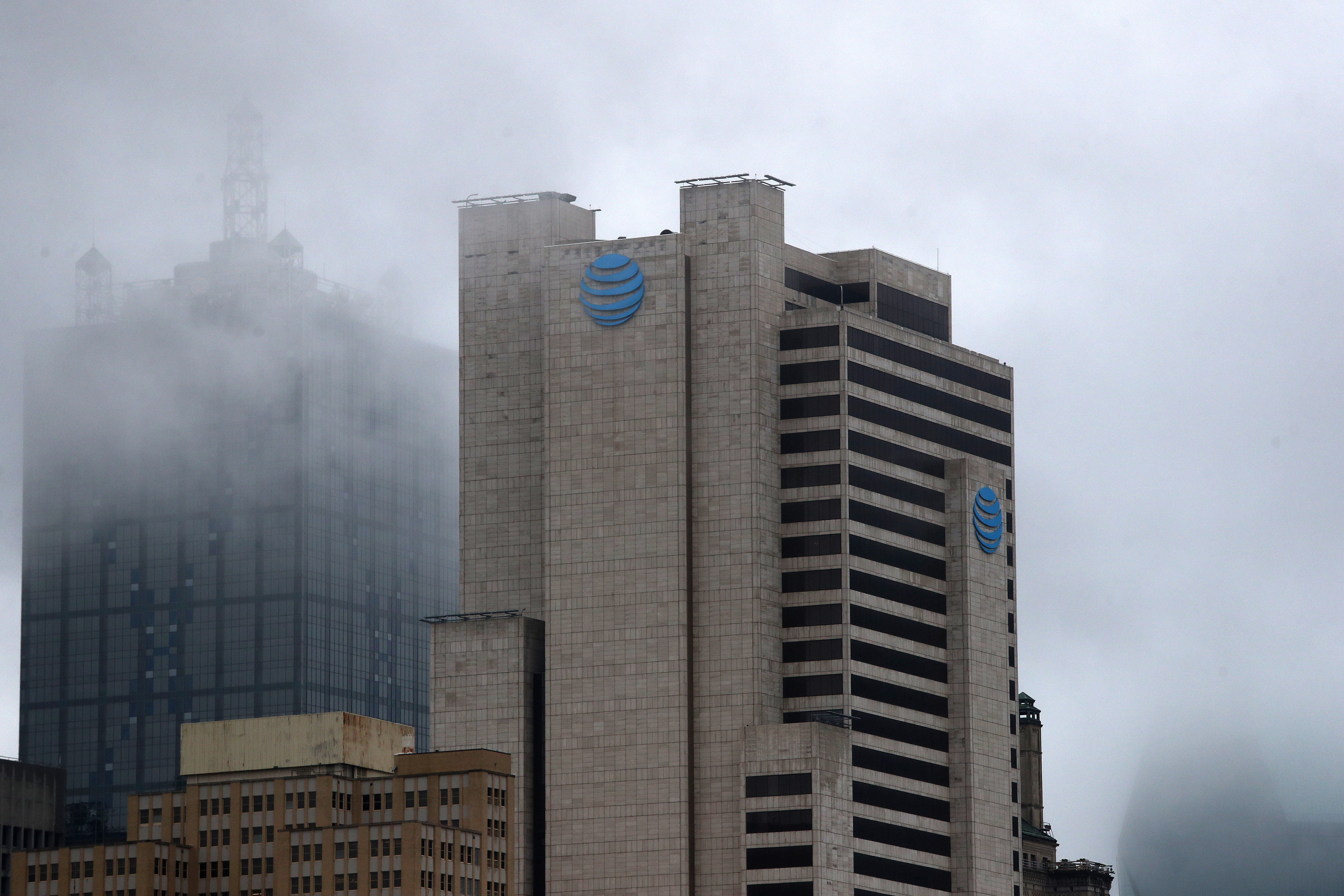AT&T Outage Causes Nationwide Disruption: A Deep Dive into the Cellular Blackout
In the early hours of February 22, 2024, a sudden and widespread network outage struck AT&T users across the United States, leaving thousands without cell service. The outage affected not only calls and text messages but also disrupted internet access on mobile phones. As the outage unfolded, authorities issued safety warnings, emphasizing the potential impact on emergency services. This blog will delve into the details of the AT&T outage, exploring its causes, consequences, and the responses from both AT&T and affected communities.
The Scale of the Outage
The outage was first reported around 3:30 a.m. ET on Thursday, with outages soaring to over 73,000 incidents by 8:30 a.m. ET, according to Downdetector.com, a website tracking service disruptions. The most affected locations included major cities such as Houston, Atlanta, and Chicago. AT&T, serving more than 100 million customers across mobile and broadband services, acknowledged the issue and urged affected users to resort to Wi-Fi calling until the service was fully restored.
AT&T's Response
AT&T promptly issued statements acknowledging the wireless service interruptions and assuring customers that network teams were working urgently to resolve the issue. By late morning, the company reported that 75% of its network had been restored, emphasizing ongoing efforts to bring the service back to all customers. While AT&T did not initially provide a specific reason for the outage, the company hinted at issues related to how cellular services handle calls from one network to the next, emphasizing that there was no evidence of a cyberattack.
Impact on Emergency Services
One of the most critical aspects of the AT&T outage was its potential impact on emergency services. Authorities across different regions issued warnings, urging residents to find alternative means to contact emergency services. The San Francisco Fire Department, for instance, communicated through social media that they were aware of issues impacting AT&T customers' ability to place 911 calls. They reassured the public that the 911 center remained operational and advised affected AT&T customers to try calling from a landline or seek help from friends or family members using a different carrier.
Nationwide Concerns
The outage prompted concerns nationwide, reaching government officials and law enforcement agencies. Atlanta Mayor Andre Dickens expressed the city's active efforts to gather information and assist in resolving the issue. Reports emerged from different parts of the country, including warnings from the Irving Police Department in Texas and the Prince William County Police Department in Virginia, emphasizing disruptions in receiving 911 calls due to the AT&T service outage.
Warnings and Reactions
The Massachusetts State Police issued a public warning, discouraging people from testing their phone service by placing 911 calls. The post emphasized that flooding 911 centers with unnecessary calls could hamper the emergency response system. Meanwhile, Verizon and T-Mobile customers also reported outages, albeit on a much smaller scale. Verizon stated that its network was operating normally, suggesting that customers might have encountered issues when trying to contact users on another carrier. T-Mobile echoed this sentiment, attributing the reports to challenges customers faced in connecting to users on different networks.
Safety Measures and Wi-Fi Calling
As AT&T worked diligently to restore its network, the company encouraged affected users to make calls over Wi-Fi until the service was fully reinstated. This prompted many users to explore how to set up Wi-Fi calling on AT&T phones. The instructions, provided by CNN, guided users through the process on both iPhone and Android devices, ensuring that they could continue communication even during the outage.
AT&T's Recent Moves
The outage occurred just weeks after AT&T applied for a waiver to cease servicing traditional landlines in California. The company cited a "precipitous decline" in demand for landlines and expressed its intention to transition fully to newer infrastructure within the next few years. This move, part of a broader industry trend, could potentially impact people over 65, small business owners, and residents in rural areas, where the shift away from copper landlines might present challenges.
Industry Speculation on the Outage
While AT&T provided no official reason for the outage, industry sources speculated that the issue could be related to how cellular services handle calls from one network to the next, a process known as peering. Despite the widespread impact of the outage, carriers such as T-Mobile and Verizon reported that their networks remained unaffected. Verizon spokesperson Richard Young expressed confidence that the nationwide outage involving AT&T customers was close to being resolved.
Conclusion
The AT&T outage on February 22, 2024, brought to light the vulnerability of our reliance on cellular networks and the potential consequences for emergency services. As AT&T worked diligently to restore its network and reassured customers of progress, the incident prompted a nationwide conversation about the resilience of communication infrastructure. The outage also highlighted the importance of alternative communication methods and raised questions about the future of traditional landline services in an era dominated by advanced technologies. As the affected regions recover, the incident serves as a reminder of the need for robust and secure communication networks in our interconnected world.



